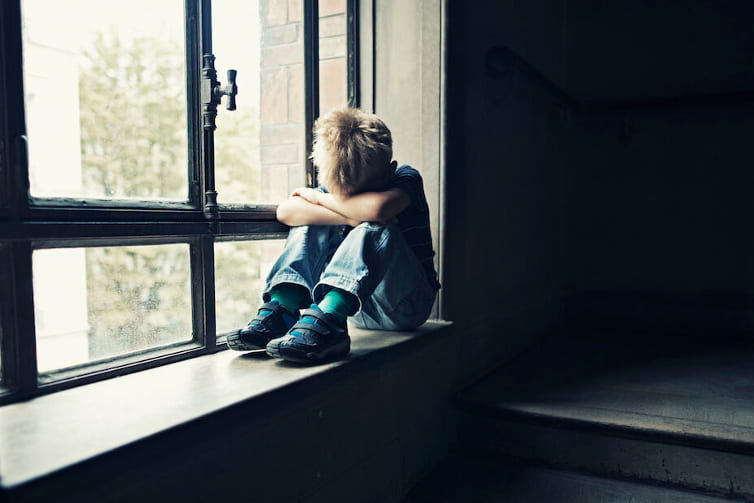Preschoolers with clinical depression are more likely than their peers to have attempted suicide or to have had thoughts of killing themselves by age 12, according to a new study from researchers at Washington University in St. Louis.
The findings, published recently in the Journal of the American Academy of Child & Adolescent Psychiatry, suggest that preschoolers — children ages 3 to 6 — with depression would benefit from initial and ongoing mental health screenings and behavioral interventions.
The study builds on two decades of research led by Joan L. Luby, MD, the university’s Samuel and Mae S. Ludwig Professor of Child Psychiatry. Her work has established that children as young as age 3 experience clinical depression.
“It is not a transient phenomenon but a very real condition that needs to be identified and addressed as early as possible,” said Luby, the study’s senior co-author and the director of Washington University School of Medicine’s Early Emotional Development Program. “Left untreated, many children continue to experience depression later in childhood and into adulthood. Being clinically depressed is a very strong predictor of having suicidal thoughts and behaviors, or attempting suicide, during adolescence.”
Preschoolers with major depressive disorder may exhibit heightened behaviors such as self-reproach, joylessness and an inability to regulate emotions or moods. Such children also may have a preoccupation with and an advanced understanding of death, and a tendency to depict violence and suicide during imaginary play.
In the past two decades, youth suicide rates in the U.S. have nearly tripled, causing suicide to become the second-leading cause of death among children ages 10 to 14, according to federal data. Emergency department visits of children thinking about or attempting to kill themselves also have increased sharply; a 2022 study in the journal Pediatrics involved about 81,000 children in Illinois and reported a 24.5% increase in emergency room visits due to suicidal ideation among 5- to 13-year-olds from 2016 to 2021.
“Our findings highlight the growing mental health crisis among children and adolescents,” said the study’s senior co-author, Deanna M. Barch, PhD, vice dean of research and a professor of psychological & brain sciences in Arts & Sciences, and the Gregory B. Couch Professor of Psychiatry. “Youth depression and suicide are major public health issues requiring immediate attention.”
For the new study, the researchers evaluated 137 children, ages 8 to 12, who met the criteria for “preschool-onset major depressive disorder,” meaning they were diagnosed with depression between the ages of 3 to 6 years while participating in Luby’s earlier studies. The kids’ suicidal thoughts and behaviors were identified by caregivers or self-reported by the preteens during age-appropriate diagnostic interviews with researchers.
